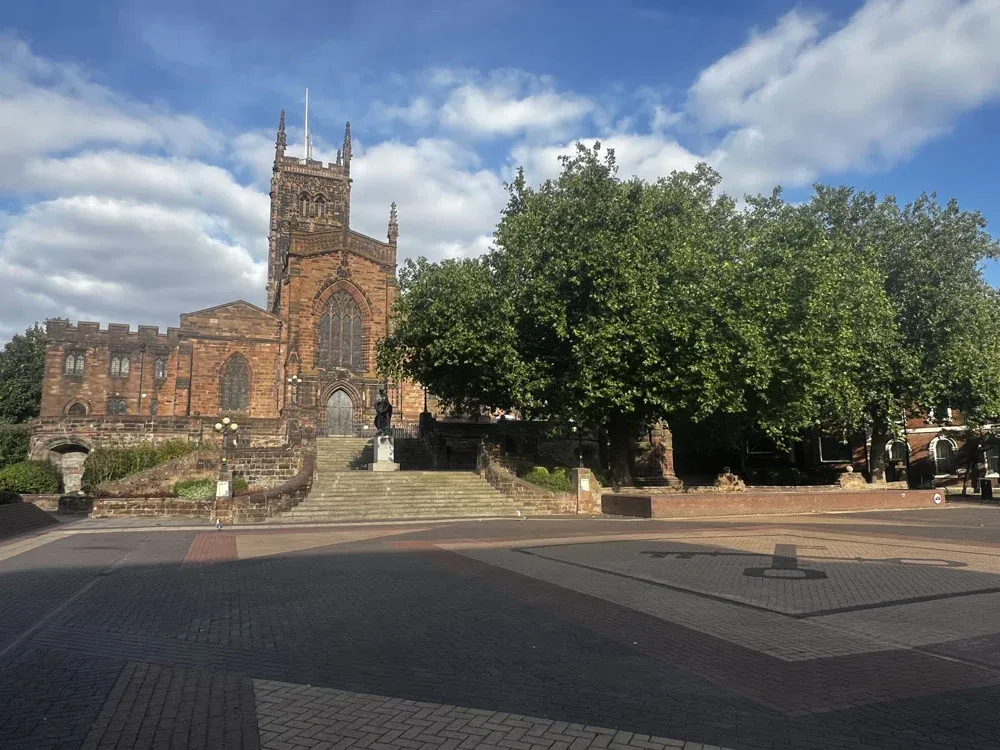Imagine Wolverhampton in the late 1700s. In the grand Molineux House, a young boy from Sierra Leone lived in the servants’ quarters at the very top of the building. His name was George Africanus, brought here as the enslaved servant of John Molineux.
The Molineux family were wealthy iron merchants. They dealt in sugar and rum from the West Indies and traded metals to Africa. George, far from his homeland, began to carve out a new life. In 1770, he was apprenticed to a hairdresser and, not long after, baptised at St Peter’s Church.
In time, George gained his freedom. He moved to Nottingham, where his story took a remarkable turn. There he married an English woman, and together they built a life on Victoria Street. Against all odds, George became a respected businessman. He and his wife owned property, rented out houses, and even kept a boat. George could read and write, and he had the rare privilege of voting. He proudly cast his vote for the Whigs of Nottingham.
The couple had seven children, though only their daughter Anna lived into adulthood. George passed away on the 19th of May, 1834 and was laid to rest at St Mary’s Church in Nottingham. His descendants went on to live in Surbiton.
Today, a photograph of George still survives. In it, he stands on the very ground where Molineux Stadium now stands — a powerful reminder of his journey from enslavement to freedom, from servant to citizen.
Also baptised at St Peter’s were Richard Crosby Africanus in 1771 and John Towels in 1785 — names that echo alongside George’s in the history of this place.







